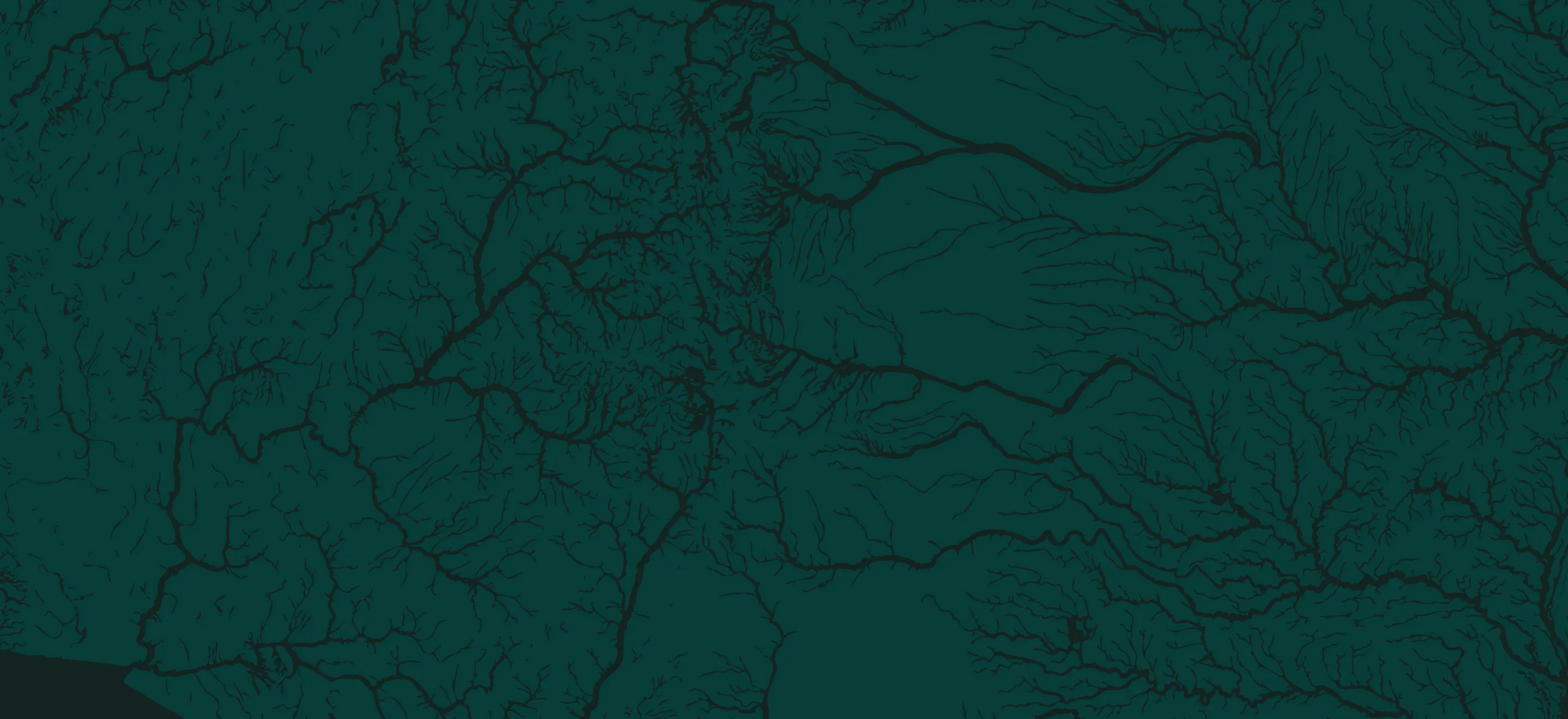The basic casting stroke in fly fishing serves to get the fly as far away from the angler as necessary. Distance and accuracy are crucial, but the fly cast, by nature, is a blessing and a curse—an enjoyable and artistic activity in its own right, yet the utilitarian aspect of the fly cast should overrule aesthetics if your goal is to catch fish over catching a Hollywood director’s eye.
But getting a long cast is only part of the equation when it comes to having success in fly fishing. Especially when fly fishing for trout, the fly also has to be presented in a manner that it looks like a normal part of a hungry trout's diet. This is most often accomplished by ensuring the fly has a natural drift. Various skills help to get a natural drift, skills like mending, adding slack, stripping in line, and more. The quickest way to start a drag free drift when fly fishing rivers and creeks near you is to learn and use a reach cast.
A reach cast is essential for obtaining a long, drag-free presentation of the fly. Perform a reach cast by an extended follow through, across your body, of your cast after a stop is made on the forward cast. This follow through allows for a mend to be placed in the fly line before it lands on the water.
Steps to Perform a Reach Cast:
- Setup and Stance:
- Start with a standard casting stance.
- Hold the fly rod with a relaxed grip.
- Basic Forward Cast:
- Perform a normal forward cast. This involves lifting the rod tip and accelerating smoothly to a stop, allowing the line to unroll behind you before making the forward cast.
- Aerial Mend:
- As the line is unrolling in the air during your forward cast, reach the rod to the side (left or right) before the line touches the water. This movement is known as an aerial mend.
- Reach upstream (towards the current) if you want the fly to drift naturally downstream. This upstream reach will help counteract the drag from the current.
- Timing:
- Timing is crucial. You should start the reach as soon as you make your forward cast, while the line is still in the air. The rod should be at the maximum reach position when the line lands on the water.
- Practice:
- Practice the reach cast in different directions and varying the amount of reach. This will help you understand how much reach you need to counteract the current effectively
Now that you know how to perform a reach cast and now that you know that it takes practice...you've got another reason to get out on the water and find places to fish near you.
Use onWater to Discover Your Best Places to Fish
Be sure to read onWater fishing blog posts to plan better and fish smarter and help you find places to fish near you.
Thousands of Place to Fish with Offline Maps
Three Ways Topo Maps Help You Find More Fishing Spots
Introduction
Mi tincidunt elit, id quisque ligula ac diam, amet. Vel etiam suspendisse morbi eleifend faucibus eget vestibulum felis. Dictum quis montes, sit sit. Tellus aliquam enim urna, etiam. Mauris posuere vulputate arcu amet, vitae nisi, tellus tincidunt. At feugiat sapien varius id.
Eget quis mi enim, leo lacinia pharetra, semper. Eget in volutpat mollis at volutpat lectus velit, sed auctor. Porttitor fames arcu quis fusce augue enim. Quis at habitant diam at. Suscipit tristique risus, at donec. In turpis vel et quam imperdiet. Ipsum molestie aliquet sodales id est ac volutpat.

Dolor enim eu tortor urna sed duis nulla. Aliquam vestibulum, nulla odio nisl vitae. In aliquet pellentesque aenean hac vestibulum turpis mi bibendum diam. Tempor integer aliquam in vitae malesuada fringilla.
Elit nisi in eleifend sed nisi. Pulvinar at orci, proin imperdiet commodo consectetur convallis risus. Sed condimentum enim dignissim adipiscing faucibus consequat, urna. Viverra purus et erat auctor aliquam. Risus, volutpat vulputate posuere purus sit congue convallis aliquet. Arcu id augue ut feugiat donec porttitor neque. Mauris, neque ultricies eu vestibulum, bibendum quam lorem id. Dolor lacus, eget nunc lectus in tellus, pharetra, porttitor.
"Ipsum sit mattis nulla quam nulla. Gravida id gravida ac enim mauris id. Non pellentesque congue eget consectetur turpis. Sapien, dictum molestie sem tempor. Diam elit, orci, tincidunt aenean tempus."
Tristique odio senectus nam posuere ornare leo metus, ultricies. Blandit duis ultricies vulputate morbi feugiat cras placerat elit. Aliquam tellus lorem sed ac. Montes, sed mattis pellentesque suscipit accumsan. Cursus viverra aenean magna risus elementum faucibus molestie pellentesque. Arcu ultricies sed mauris vestibulum.
Conclusion
Morbi sed imperdiet in ipsum, adipiscing elit dui lectus. Tellus id scelerisque est ultricies ultricies. Duis est sit sed leo nisl, blandit elit sagittis. Quisque tristique consequat quam sed. Nisl at scelerisque amet nulla purus habitasse.
Nunc sed faucibus bibendum feugiat sed interdum. Ipsum egestas condimentum mi massa. In tincidunt pharetra consectetur sed duis facilisis metus. Etiam egestas in nec sed et. Quis lobortis at sit dictum eget nibh tortor commodo cursus.
Odio felis sagittis, morbi feugiat tortor vitae feugiat fusce aliquet. Nam elementum urna nisi aliquet erat dolor enim. Ornare id morbi eget ipsum. Aliquam senectus neque ut id eget consectetur dictum. Donec posuere pharetra odio consequat scelerisque et, nunc tortor.
Nulla adipiscing erat a erat. Condimentum lorem posuere gravida enim posuere cursus diam.









